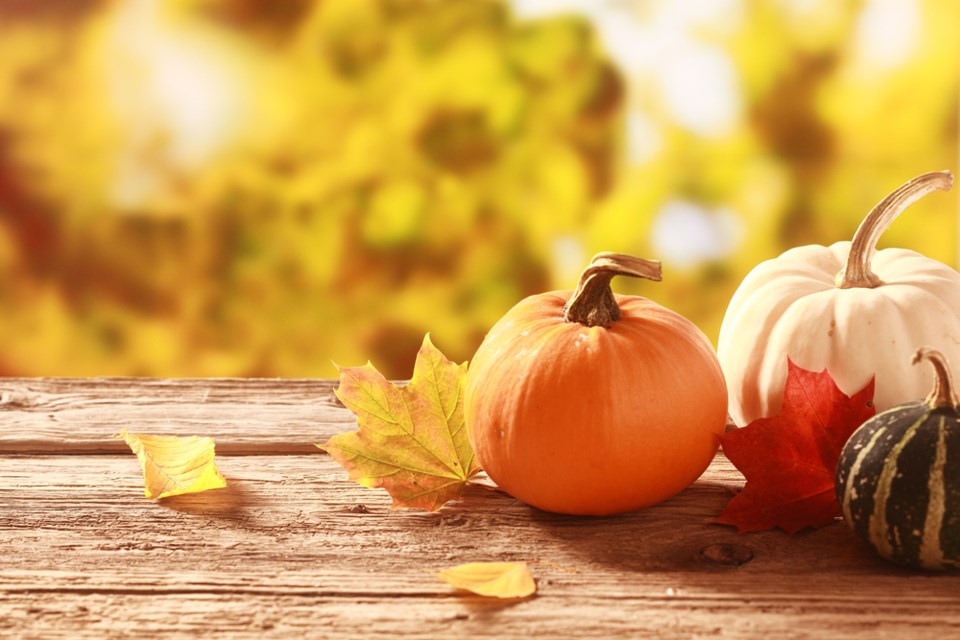The fall season began this past Monday, Sept. 23. As the weather turns colder and the leaves start to change, we focus on five facts about autumn.
A Good Time to be Born
Babies born during the fall season are more likely to live to 100 years old. Athletic children are more likely to be born in the fall and babies born in the summer tend to have slower development than those born in the autumn. Research also suggests that babies born in September are more likely to go to college and less likely to be incarcerated.
Maybe that is why September is among the months with the highest birth rate.
Lucky in Love
Hot Girl Summer? How about “Committed Relationship Autumn?”
Statistics show users are more likely to switch their relationship status on Facebook from “single” to “in a relationship” or “engaged” during the fall than any other season. Summer, on the other hand, is the time when most couples break up, at least according to Facebook. Why is this exactly? Well, men produce more testosterone during this season. As well, one study has found that men find women more attractive during colder months.
Be sure to swipe right this season!
Everything Pumpkin
As the leaves turn colour, you can expect to find pumpkin-related products pretty much everywhere. From pumpkin-spice flavoured treats to pumpkin-scented wares, a lot of items get the pumpkin treatment in the fall. This includes pumpkin pie Kit Kat bars, pumpkin pasta sauce, a pumpkin spice-themed Sudoku puzzle book, pumpkin spice-flavoured Spam, Captain Morgan rum, dog treats, lip balm, and pumpkin-scented hand soap or cat litter.
Fall Back?
On November 3 people across Canada will set their clocks back one hour, as Daylight Saving Time comes to an end. Of course, that will not be the case here in Saskatchewan. Saskatchewan does not change its clocks, and the same is true for parts of British Columbia, Quebec, and Nunavut. Other areas that don’t observe Daylight Saving Time include Iceland, Japan, China, India, and much of Africa.
Halloween
Chances are, you are already getting ready for Halloween. Back in 2014, the Retail Council of Canada found that Halloween is a $1 billion industry in Canada and that consumers spend more per capita on the holiday than Americans. In fact, it is second only to Christmas in terms of holiday spending.
One survey found that Canadians spend on average $77 to go to a Halloween party, $52 on a costume, and $43 on decorations for the home.
Naturally, candy is the big seller during this month. Stats Canada found that shoppers spent just over $550 million on cookies, confectionary, and snack foods in Oct. 2017. Their data doesn’t specify, however, just how much of that candy goes to trick-or-treaters and how much is consumed by the purchaser.
Enjoy the fall season before winter truly sets in!




